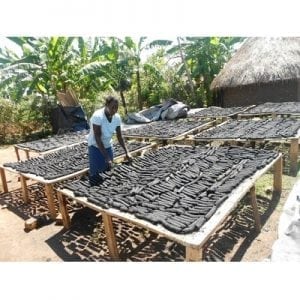
Agriculture
November 22, 2024
AEST Agricultural Waste Charcoal Briquettes
Read SolutionImplemented by
Appropriate Energy Saving Technologies Limited (AEST)
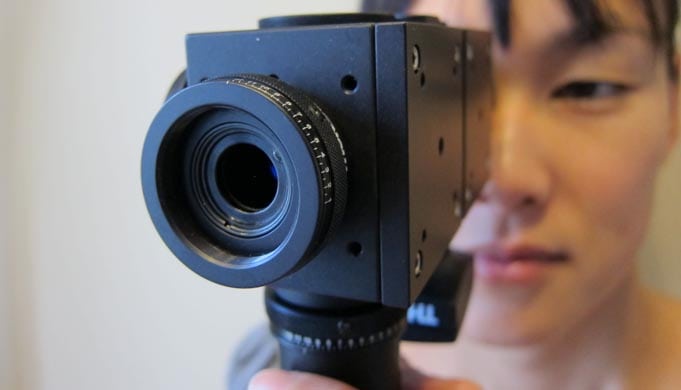
Updated on February 5, 2024
·Created on July 25, 2017
The QuickSee is a portable, low-cost autorefractor based on wavefront aberrometry.
The QuickSee is a portable, low-cost autorefractor based on wavefront aberrometry—a vision care technology that scan for abnormalities in the eyeball’s optical power. As of August 2017, this product is in the manufacturing stage and is expected to launch Fall 2017. Interview with representative
Target SDGs
SDG 3: Good Health and Well-Being
Market Suggested Retail Price
$2,000.00
Target Users (Target Impact Group)
Small and Medium-sized Enterprises, Public Sector Agencies
Distributors / Implementing Organizations
PlenOptika has partnered with a reputable low-cost ophthalmic manufacturer in India called Aurolab. In the US, PlenOptika will sell and distribute the Quicksee. Interview with representative
Regions
South Asia
Countries
India
Manufacturing/Building Method
Mass produced. PlenOptika has partnered with a reputable low-cost ophthalmic manufacturer called Aurolab
Intellectural Property Type
Patent
User Provision Model
Doctors, hospitals, and NGOs that focus on eye care can procure a Quicksee directly from Aurolab, PlenOptika's manufacturing partner, or from a sales link on the PlenOptika website. Interview with representative
Distributions to Date Status
Not applicable. As of August 2017, this product is in the manufacturing stage and is expected to launch Fall 2017. Interview with representative
Number of tests for procedure
Refractive errors test measures sphere cylinder and axis for each eye
Time required for procedure
10 seconds per eye
Diseases detected
Myopia (nearsightedness), hyperopia (farsightedness), astigmatism (light is focused unevenly on retina)
Type of technology used for test
Waveform abberometry
Design Specifications
QuickSee works by shining a light into the eye, which generates a point of light on the retina at the back of the eye. The light then bounces off the retina, and the shape of the light as it exits the eye relays information about aberrations, or distortions, that are present.
To identify a patient’s prescription, a special camera called a “wavefront sensor” measures the shape of the light that comes out of the eye. Unlike a conventional camera which takes a single image, a wavefront sensor photographs the eye in segments and analyzes aberrations within each region of the eye. A computer in the device then processes all of the images collectively and calculates any refractive errors that might be present. With that, it is able to approximate a prescription in about 10 seconds per eye, which the QuickSee displays on-screen. The device can also transmit the results via Bluetooth to a smartphone or printer
The Quicksee performs refractive errors tests. It measures sphere cylinder and axis for each eye and takes approximately 10 seconds per eye. The Quicksee uses waveform abberometry. It is a battery powered device and lasts 6-8 hours on a charge. measurement range— -10 to +10 diopters pupil size: 2mm-8mm
The Quicksee measures roughly 14x10x5 inches and comes with a carrying case. Interview with representative
Technical Support
The device can be fixed in the field by a trained service technician that works for the manufacturing partner. Customer service will be available online. An instruction manual will be provided with the device and the Quicksee will provide feedback on the screen regarding potential misuse if results seem off the mark. The time to train a technician to fix the Quicksee is about 30 minutes to two hours. Interview with representative
Replacement Components
Spare parts and batteries will be provided by the manufacturing partner. Interview with representative
Lifecycle
3-5 years Interview with representative
Manufacturer Specified Performance Parameters
The Quicksee is designed to approximate the patient's prescription as accurately as subjective and objective eye exams combined. Plenoptika started with a mission of helping the 1.5 to 2.5 billion people around the world with less-than-perfect vision obtain glasses.
Vetted Performance Status
A study conducted with 43 patients concluded that the prototype is more accurate than a state-of-the art commercial autorefractor. A 708-patient clinical trial in partnership with specialist eye care provider in Tamil Nadu, India found similar results..
Safety
The Quicksee is a medical device. Wrong readings may cause harm to the patient, as they will not receive the care that they need. An instruction manual will be provided with the device and the Quicksee will provide feedback on the screen regarding potential misuse if results seem off the mark. The Quicksee is intended for ages 5+. Interview with representative
Complementary Technical Systems
Eyeglasses
Academic Research and References
N. J. Durr, et al. “Design and Clinical Evaluation of a Handheld Wavefront Autorefractor:,” Optom. Vis. Sci., vol. 92, no. 12, pp. 1140–1147, Dec. 2015.
E. Lage, et al. “Evaluation of a low-cost wavefront aberrometer for measuring refractive errors,” in ARVO Meeting Abstracts, 2014, vol. 55, p. 2718.
E. Lage, et al. “Visual acuity evaluation with refractions prescribed by a novel low-cost wavefront analyzer,” in ARVO Meeting abstracts, 2015, vol. 56, p. 3570.
Review, E4C. “Fellow Visionaries.” Engineering For Change, 2019.
Compliance with regulations
PlenOptika is working toward U.S. FDA registration for the QuickSee.
Evaluation methods
Clinical Trials
Other Information
refractive errors tests measures sphere cylinder and axis for each eye 10 seconds per eye uses waveform abberometry battery powered device (6-8 hours on a charge) measurement range— -10 to +10 diopters pupil size: 2mm-8mmInterview with representative

Agriculture
November 22, 2024
Implemented by
Appropriate Energy Saving Technologies Limited (AEST)
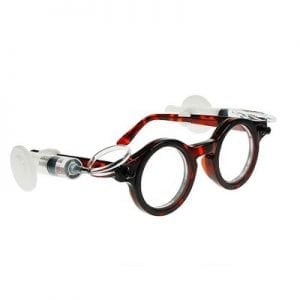
Agriculture
February 5, 2024
Implemented by
Centre for Vision in the Developing World
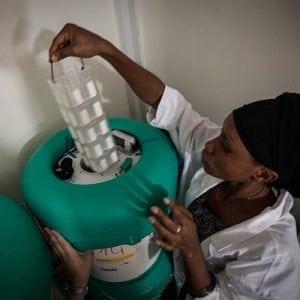
Agriculture
February 20, 2024
Implemented by
Intellectual Ventures Lab
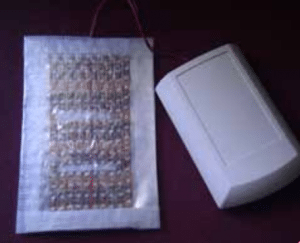
Agriculture
March 1, 2024
Implemented by
Infantrust Parenting Solutions
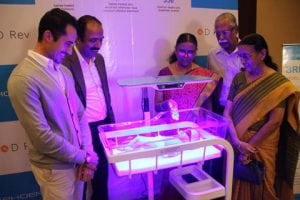
Agriculture
February 16, 2024
Implemented by
Equalize Health
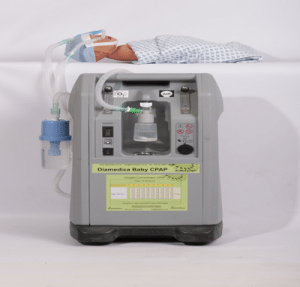
Agriculture
September 27, 2024
Implemented by
Diamedica
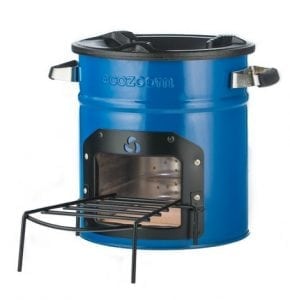
Agriculture
December 2, 2024
Implemented by
BioLite
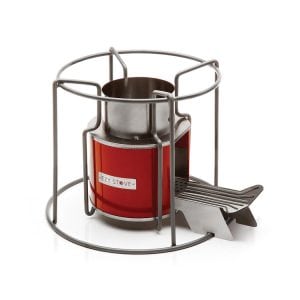
Agriculture
December 3, 2024
Implemented by
Veryday (McKinsey Design)
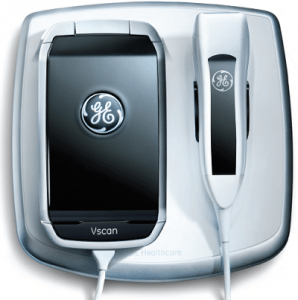
Agriculture
February 8, 2024
Implemented by
GE Healthcare
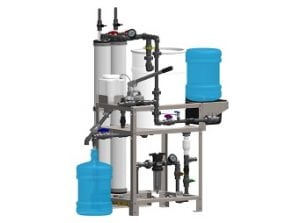
Agriculture
January 8, 2024
Implemented by
Healing Waters International
Have thoughts on how we can improve?
Give Us Feedback
I would like to see if you are in the trial or final release stages. I distribute glasses and would love to be more accurate in eyeglass matches and want to use instrumentation that is more accurate than the methodologies we use now. Thank you. I am at +1 614-449-1095 or may be reached @ uitsca7@gmail.com.
Thanks. Great idea!
Carolee Uits